detail profile peter schamoni
Peran Yang Di Mainkan Peter Schamoni
 Evil teenager assassins Rike Tom want...
Evil teenager assassins Rike Tom want...Daniel, the Wizard 2004
Evil teenager assassins Rike & Tom want to kill and film the execution of the rock star Daniel Küblböck [or Lana Kaiser to be correct], who is spiritually supported by his dead grandfather Johnny, with the support of the mysterious Baltazar! Will our well-intentioned wizard succeed to survive this Christmas related mess and learn to forgive the others while beign kidnapped and almost executed, even if that means stickin' his finger in cakes, rollin' in tha snow like a cat or having psychedelic music dreams? (and singin' some bangers in the meanwhile!)
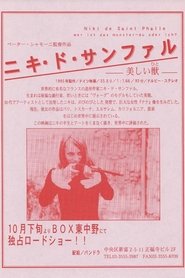 In the sixties the painter and...
In the sixties the painter and...Niki de Saint Phalle – Who Is the Monster, You or Me? 1995
In the sixties the painter and sculptor Niki de Saint Phalle started her career with shooting paintings, reliefs that were fired at with paint bags. She became famous and popular for her Nanas, colorful sculptures of big and cheerful women, and for the cooperation with Jean Tinguely. The frame of this film is a tour through her tarot garden in Tuscany.
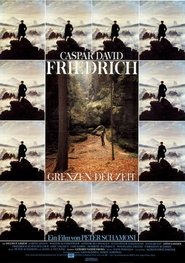 A study of German 19th Century...
A study of German 19th Century...Boundaries of Time - Caspar David Friedrich 1986
A study of German 19th Century Romantic art through the writings and paintings of Carl David Friedrich and his fellow artist, Carl Gustav Carus.
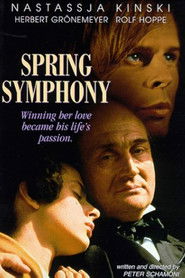 Spring Symphony is the story of...
Spring Symphony is the story of...Spring Symphony 1983
"Spring Symphony" is the story of Robert Schumann and Clara Wieck. Both were music entities. Robert Schumann turns out to have been a second tier composer, if that, never rising to the heights of a Beethoven or Mozart. In contrast, Clara Wieck was a master technician in the playing of the piano, a composer (probably not at Schumann's level), and was a child prodigy.
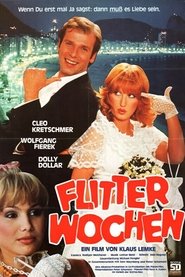 Customs officers Katti and Wolfgang are...
Customs officers Katti and Wolfgang are...Flitterwochen 1980
Customs officers Katti and Wolfgang are so deeply in love with each other that they are barely aware of their surroundings. But after the wedding reception, there's nothing but trouble.
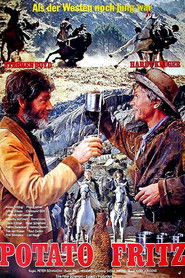 Potato Fritz Hardy Kruger and his...
Potato Fritz Hardy Kruger and his...Montana Trap 1976
Potato Fritz (Hardy Kruger) and his friends have moved from Germany to the American Wild West, settling eventually in the Rockies. They are besieged by what appear to them to be hostile Native Americans. Before too long, it becomes clear that the hostiles are in fact a gang of gold thieves. This movie is notable among German-made Westerns for its use of authentic period costumes and firearms.
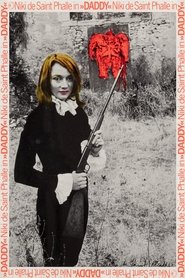 Daddy filmed in cooperation with movie...
Daddy filmed in cooperation with movie...Daddy 1973
Daddy, filmed in cooperation with movie director Peter Whitehead, discovers the connection between a father and little girl. Like the majority of Niki De Saint Phalle’s films, the flick combines autobiography with imagination, mixing erotic scenes of incest with a reverse of energy as the female character humors the daddy figure. Saint Phalle narrates the film, offering an almost psycho-analytical explanation of its content and explains the different inexplicable.
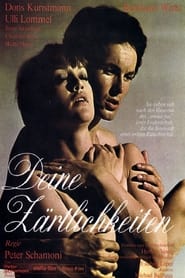 Brother and sister meet again after 15...
Brother and sister meet again after 15...Your Caresses 1969
Brother and sister meet again after 15 years and fall in love with each other.
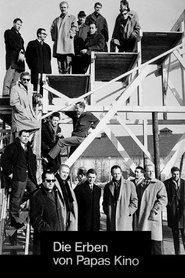 Documentary by Wilhelm Roth about the...
Documentary by Wilhelm Roth about the...Die Erben von Papas Kino 1968
Documentary by Wilhelm Roth about the state of affairs of the Young German Cinema.
 Martin is 25 years old and very...
Martin is 25 years old and very...Go for It, Baby 1968
Martin is 25 years old and very reserved about work. Together with his buddy Henry, he lives in their Schwabing apartment in the day. But everything changes when he falls in love with the attractive Barbara and observed a slump: For when he gives up the police report, the officials themselves suspect him of the crime. In addition, he still owes a text to the hit producer Viktor Block. Suddenly Martin is up to his ears in chaos.
 A man returns every year to...
A man returns every year to...Alle Jahre wieder 1967
A man returns every year to visit his estranged family and friends in this drama dripping with biting social commentary. His 40-year-old buddies are part of the nouveau riche who consider themselves elite and are content to sandbag it at work. Teutonic sentimentality is lampooned, and the narrow minded are held up to ridicule. Some fine performances outweigh the passages of unintentional humor in this second film from director Ulrich Schamoni.
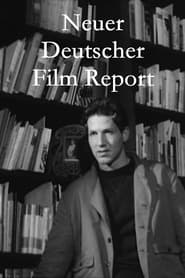 Interview film with the protagonists of...
Interview film with the protagonists of...Neuer Deutscher Film Report 1967
Interview film with the protagonists of the New German Cinema in 1966.
 Manfred and Hilke live a live...
Manfred and Hilke live a live...It 1966
Manfred and Hilke live a live perfectly complied with each other in West Berlin. They managed to elude from the bourgeois conformity, which they loath. But when Hilke finds out about her pregnancy she estranges from her partner. Trying to keep her former life as it was, she desperately looks all over the city to get an abortion.
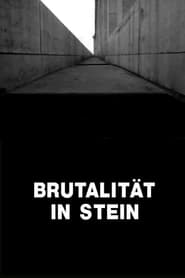 In his experimental short film Brutalitt...
In his experimental short film Brutalitt...Brutality in Stone 1961
In his experimental short film "Brutalität in Stein" (Brutality in Stone), Alexander Kluge demonstrates how Nazi architecture used dimensions of inhuman and super-human scale to bolster the regime's politics of the same kind. Shots of huge neo-classical architectural structures from the Nazi period are confronted with equally anti-human national-socialist language as a voice-over.
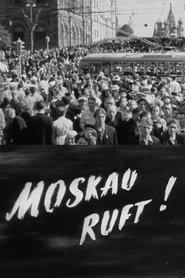 A film made secretly in Moscow...
A film made secretly in Moscow...Moscow Is Calling! 1959
A film made secretly in Moscow by Peter Schamoni during the World Festival of Youth and Students in the summer of 1957. His cameraman was Jost Vacano. During their trip, they made authentic film and audio recordings of a kind that had never been seen before in Western countries.

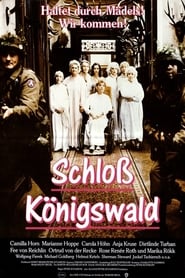
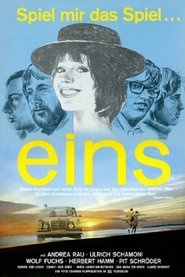 A group of gamblers travels through...
A group of gamblers travels through...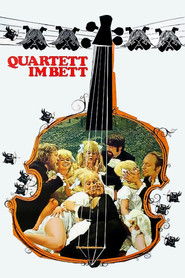 Musical comedy set in Berlin Kreuzberg
Musical comedy set in Berlin Kreuzberg